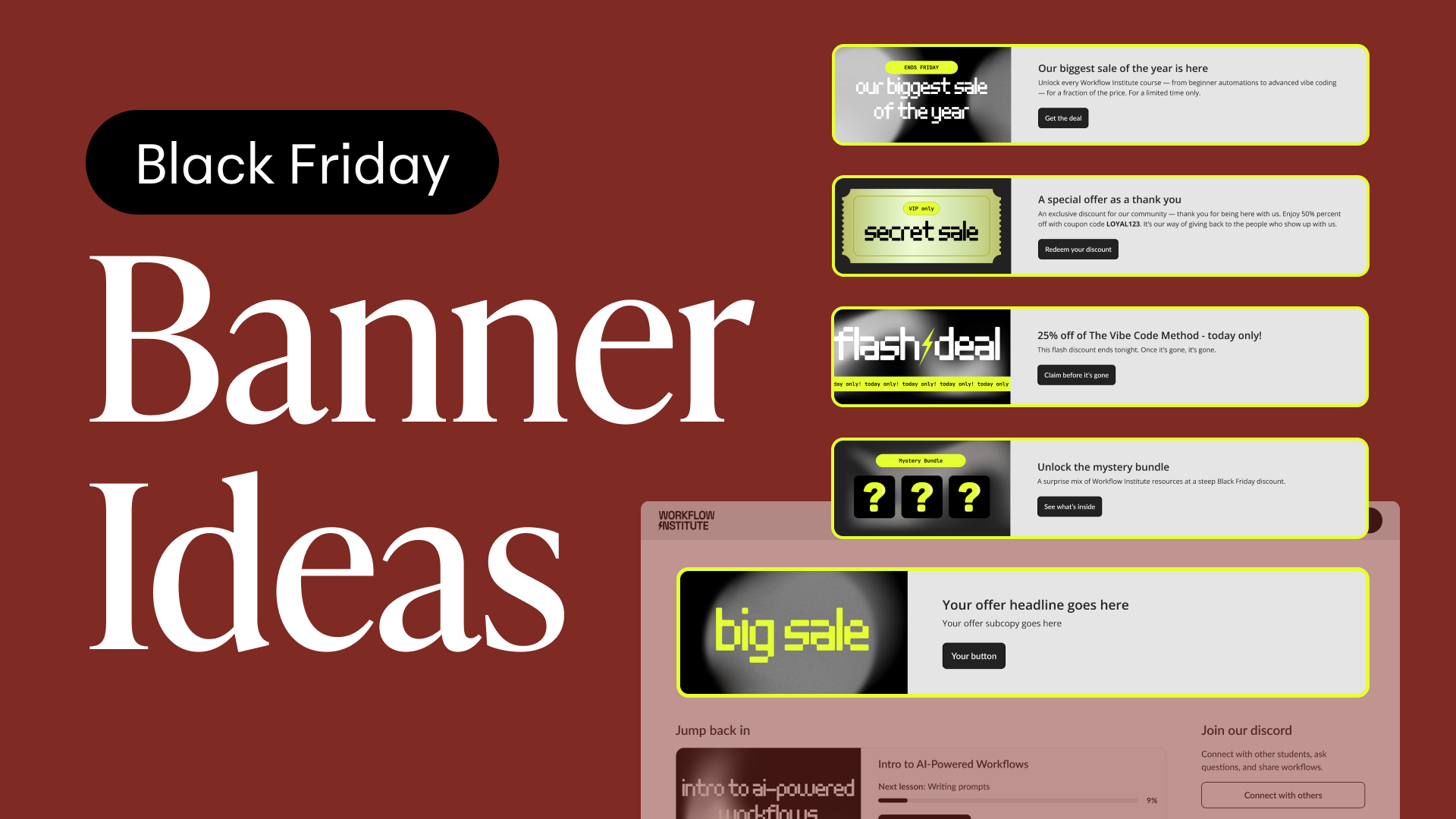Subscription models might be in trend, but the simplicity of one-time payments for online courses will never go away. It is an easy, low commitment strategy to get interested students to purchase your online course. What is often up for debate, however, is how long your students should get access to the course. It’s common to see course creators market and offer their courses for lifetime access. It’s a catchy phrase and simple sales strategy. By offering lifetime access to content students want, you’re removing blockers such as “I don’t have time now, ” and “Can I complete the course in 90 days?” But, is it really that simple?
Increasingly, course creators are being asked what “lifetime” means. How long is a lifetime in the ever changing world of the internet? Is it my lifetime, your lifetime, or the lifetime of the software it’s hosted on?
To allow creators to have the flexibility to change their launch strategy and pricing models, Teachable rolled out the feature to let you set your own course access durations. Three months later, our creators have set up over 10,000 products with limited course access duration that have generated over $3.5 million USD.
Let’s dive into some numbers on how creators are using this course access duration feature, and how you can utilize it in your course offerings.
Limited access on online courses
As business owners and course creators, you probably love exploring numbers and finding out what they mean. So do we. Here are some statistics on how creators have utilized the limited course access duration feature:

Since we rolled out the feature, almost half of our paid members have created a product with limited course access. In fact, about 25% of those creators only have courses with limited access, eliminating any lifetime access to courses they offer.
When you set time limits on course access, you can choose a specific date or time frame when the course expires. For example, if you choose a specific date such as December 31, 2020, then all enrolled students will lose access to the course at the end of the year regardless of when they purchased the course.
In contrast, setting a specific time frame will allow all students the same amount of time to access your course, starting from the date they purchased it. If the course was available for one month, a student purchasing it on March 1 will lose access on April 1. Similarly, a student who purchased it on March 15 will lose access on April 15.
As shown above, setting a specific time frame is more popular than setting an expiration date. Specifically, the most popular time frames are one year, one week, and one month, which are easy time frames to market for your prospective students.
Semesters and cohorts
How you price your launch is heavily dependent upon the type of course you are creating. Prior to launch, we spoke to many creators who were interested in offering limited course access. One common strategy creators want to implement is cohorts. The idea is to create cohorts that mirror school semesters—a learning behavior that most people are already familiar with.
Across different course categories, this strategy works. In fact, the leading category for limited access is health and wellness, followed by professional development, business and marketing, academics and languages, and other.

You can create three-month cohorts that mirror the semester schedule. Or you can create shorter or longer cohorts that best fits your curriculum. Nevertheless, many creators have already created three-month, semester-like courses in the chart above.
This not only helps with how you market to your audience, but it also manages your content and finances. With planned cohorts year round, you can add refining sessions in between to update content. Then, project how many students you can enroll. This leads to predictable recurring income without a subscription model or lifetime access. That’s why 10% of our users are already only selling courses with limited access.
Psychology of choice
Whether you’re offering an online fitness bootcamp or a professional development course, offering a limited access option might help you boost revenue and student engagement.
Boost revenue with plan options
Research proves that if you give people three options, they will likely go with the middle. A more neutral option. Do the same with your online course. For every course, offer more than one pricing plan and access duration. Set up three different pricing plans with three varying course access durations to increase average revenue per purchase.

{{tpay-component="/blog-shortcodes/blog-popup"}}
Increasing student engagement
With an expiration date, your student has pressure to finish the course. While this may be a barrier to purchase, it can also weed out prospectives who are truly not ready to take your course. When you are upfront about a timeframe, they can make time to commit to it. This is important for student satisfaction, making sure they got the most of the course, which most often will help lead to better testimonials and marketing content for you to use.
Plus, if they don’t finish, you can upsell them with a discount to re-purchase your course for additional access to complete what they started.
Launch and learn
Based on how our creators have utilized this feature, we recommend you test this feature out to see if it impacts your sales and student engagement. Take one of your courses and test to see how this might perform via one of your marketing channels or campaigns. Learn and iterate based on how your audience is responding to your offers, and see how limited course access duration can impact your business.
Join more than 150,000 creators who use Teachable to make a real impact and earn a real income.


.png)

.png)
.png)


